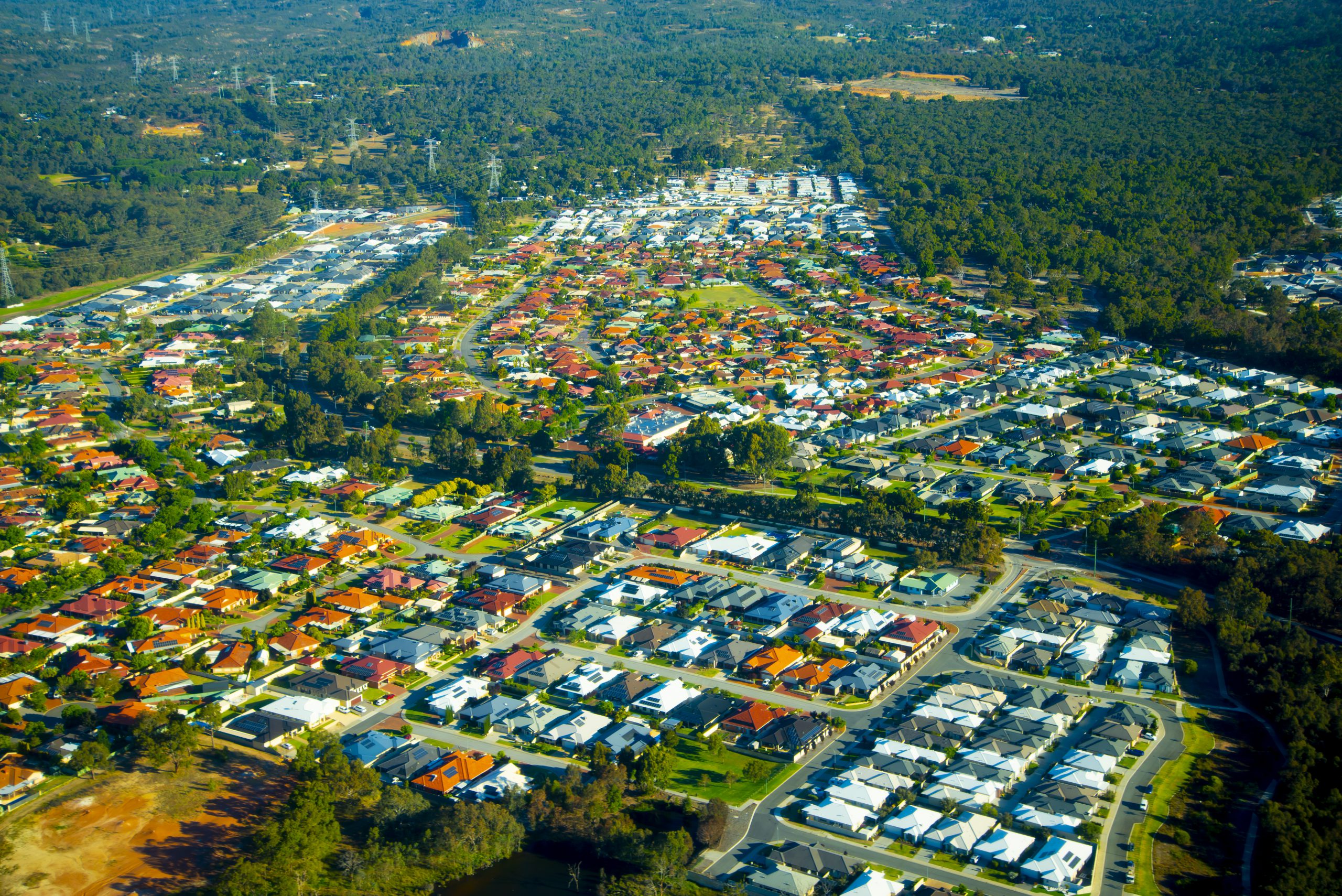
If you’re saving for a first property or your next dream home, it pays to carefully watch market indicators that offer a strong sense of where the property scene is heading.
Why is this important?
Fundamentally, because you need to be ahead of the curve. You want to avoid being caught up in the surge of buyers who only appear when the market promises good times ahead.
That’s when prices start to gain momentum and you pay top dollar.
Recent data from the Australian Bureau of Statistics (ABS) points to a resurgence in buyer interest, fuelled by predictions that interest rates have peaked and will likely fall in 2024.
These four ABS data sets suggest confidence is building in the market.
Loan commitments increase
New loan commitments for new owner-occupier property jumped 2.5% in August, 2023. The number of new owner‑occupier loans has returned to levels seen before the pandemic. However, figures remain 12.5% below the peak achieved in the boom.
Total loans for housing rose to $24.8 billion, which was 9.4% lower compared with a year ago. Owner-occupier housing loans totalled $16.1 billion, while investor loans also pushed ahead, up 1.6% to $8.8 billion.
Refinanced loans fell 5.4% after reaching an all-time high in September, indicating most owners feeling mortgage stress are now handling their challenge.
More properties in pipeline
Demonstrating long-term confidence in real estate, the number of dwelling approvals rose 7%. Private sector house approvals increased 5.8% following three stable months.
Total dwelling approvals were mixed across Australia: Victoria (+22.2 %), NSW (+12.5%) and Western Australia (+12.3%) were all in positive territory. Declines were seen in Queensland (-26.9%), Tasmania (-10.1%) and South Australia (-6.9%).
Approvals for detached houses rose in all mainland states: WA (+13%), Victoria (+9.9%), South Australia (+4.7%), Queensland (+3.1%), and NSW (+2.4%).
Strong consumer confidence
The value of new loan commitments for total fixed-term personal finance rose 6.1% to $2.5 billion in August.
This was driven by a 5.9% ($81 million) rise in lending for the purchase of vehicles.
